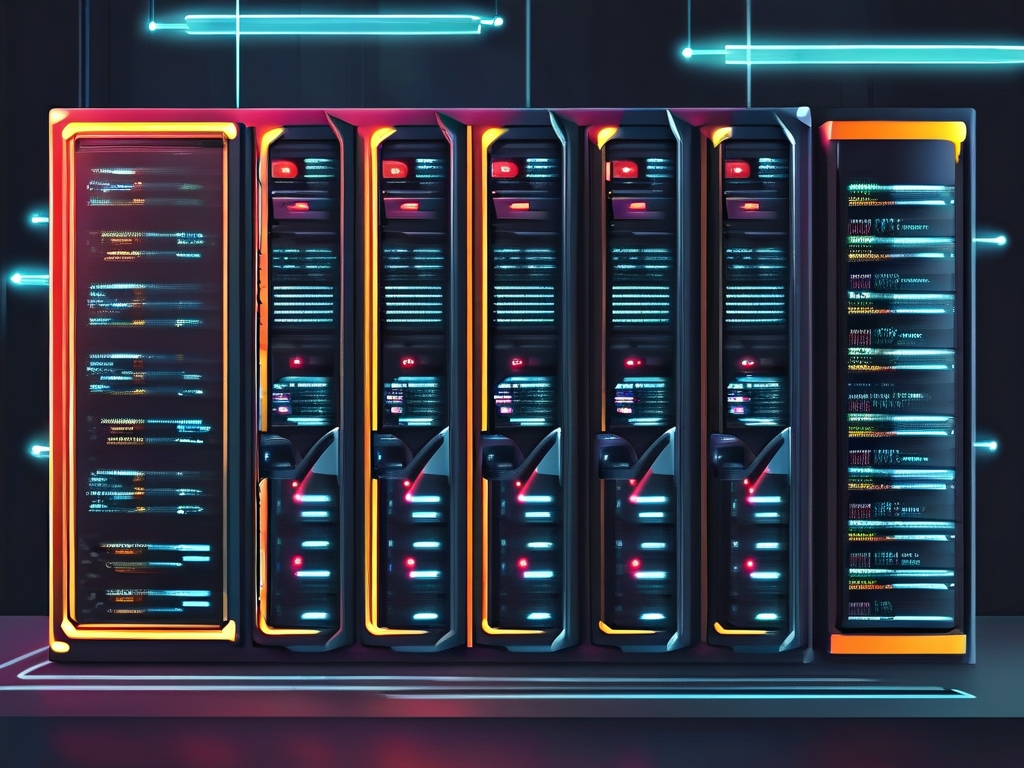In the rapidly evolving field of data management, vector database systems and vector database development represent two distinct but interconnected domains. While both are critical to enabling modern AI-driven applications like recommendation engines, semantic search, and generative AI, they address different layers of the technology stack. This article explores their differences in scope, responsibilities, and practical applications.

1. Defining the Concepts
Vector Database Systems refer to specialized database architectures designed to store, index, and query high-dimensional vector embeddings efficiently. These systems are optimized for similarity searches (e.g., nearest neighbor algorithms) and handle tasks like real-time data ingestion, sharding, and distributed computing. Examples include Milvus, Pinecone, and Weaviate.
Vector Database Development, on the other hand, encompasses the process of building applications or tools that interact with vector databases. This includes designing APIs, integrating machine learning models, optimizing query pipelines, and customizing indexing strategies. Developers in this space often work with frameworks like FAISS, Annoy, or proprietary SDKs.
2. Core Differences in Scope
System-Level Focus vs. Application-Level Focus
- Vector Database Systems operate at the infrastructure layer. They prioritize scalability, fault tolerance, and performance optimization. Engineers working on these systems deal with challenges like distributed storage, load balancing, and hardware acceleration (e.g., GPU/TPU support).
- Vector Database Development focuses on leveraging these systems to solve business problems. Developers write code to preprocess data (e.g., generating embeddings via models like BERT or ResNet), implement search logic, and ensure seamless integration with frontend applications.
Long-Term Maintenance vs. Iterative Implementation
- Building a vector database system requires long-term architectural planning. For example, engineers must design data replication protocols or optimize indexing algorithms (e.g., HNSW, IVF) to balance speed and accuracy. These systems often evolve over years, with backward compatibility as a key concern.
- Development projects are typically shorter-term and iterative. A developer might prototype a recommendation system using a vector database within weeks, experimenting with embedding models or fine-tuning query parameters.
3. Technical Skill Requirements
System Engineers
Professionals working on vector database systems need expertise in:
- Distributed Systems: Understanding consensus algorithms (e.g., Raft) and sharding techniques.
- Low-Level Optimization: Writing performance-critical code in C++ or Rust, optimizing memory usage, and leveraging hardware accelerators.
- Database Theory: Knowledge of indexing structures, caching mechanisms, and ACID compliance.
Application Developers
Developers building atop these systems require skills in:
- API Integration: Using REST/gRPC endpoints or language-specific SDKs (e.g., Python, JavaScript).
- ML Pipeline Design: Integrating embedding models (e.g., OpenAI's text-embeddings) and preprocessing pipelines.
- Domain-Specific Tuning: Adjusting parameters like "nprobes" in IVF indexes or managing trade-offs between recall and latency.
4. Use Case Examples
System-Level Scenario
A team at a cloud provider builds a vector database system to support thousands of enterprise clients. They implement a distributed architecture with automatic failover, support for hybrid queries (vector + traditional SQL), and a plugin system for custom index types.
Development Scenario
A startup develops an AI-powered fashion app using a preexisting vector database. Developers create pipelines to convert product images into embeddings, design a "similar items" feature, and optimize queries to handle 10,000 requests per second with sub-50ms latency.
5. Overlapping Challenges
Despite their differences, both domains share challenges:
- Dimensionality Curse: High-dimensional vectors (e.g., 768+ dimensions) require efficient indexing.
- Data Freshness: Balancing real-time updates with search accuracy.
- Cost Management: Optimizing compute/storage costs for large-scale deployments.
6. Future Trends
- Vector Database Systems will increasingly adopt serverless architectures and unified query interfaces (e.g., SQL++ for vector operations).
- Development workflows will integrate more tightly with MLOps tools, enabling automated retraining of embedding models and A/B testing of index configurations.
Understanding the distinction between vector database systems and development is crucial for organizations investing in AI infrastructure. While system engineers build the engines, developers steer them toward solving real-world problems. Together, they form the backbone of next-generation applications that rely on semantic understanding and contextual intelligence. As the field matures, cross-disciplinary collaboration will drive innovations in speed, accuracy, and accessibility.





